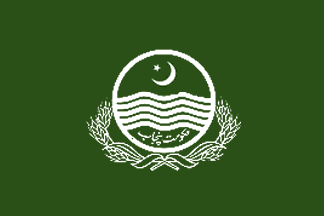- Isakhel Tehsil
Infobox Tehsil Pakistan
tehsil_
caption =
official_name= Isakhel
province= Punjab
district=Mianwali District
area_total_km2=
census_year= 1998
estimate_year=
census_pop=
estimate_pop=
population_density_km2=
towns=
uc= 14
nazim=
naib nazim =
footnotes=
map_size =
map_text =Location withinPakistan Isakhel Tehsil is an administrative subdivision (
tehsil ) ofMianwali District in the Punjab province ofPakistan . The city ofIsakhel is the headquarters of the tehsil which is administratively subdivided into 14 Union Councils. [ [http://www.nrb.gov.pk/lg_election/union.asp?district=19&dn=Mianwali Tehsils & Unions in the District of Mianwali - Government of Pakistan] ] It is located between 32° 30′ and 33° 14′ N. and 71° 7′ and 71° 44′ E., with an area of 678 square miles and contains the towns of Isakhel andKalabagh History
During British rule Isakhel became part of Mianwali District when the
North-West Frontier Province was created in 1901.According to the 1901 census, it contained the municipalities of Isa Khel (population, 7,630), the headquarters, and Kalabagh (5,824); and 43 villages. The land revenue and
cess es in 1903-4 amounted to 1.6 lakhs. Lying on the west bank of theIndus , this tehsil is cut off from the rest of the District, and would seem to belong more properly to the North-West Frontier Province, but is separated even more completely from Bannu by the semicircular fringe of the Chichali and Maidani hills, which leave it open onlyon the river side. These hills drain into Isa Khel and make it fertile. Its extreme northern portion, known as the Bhangi Khel country, is a wild and rugged region, a continuation of the Khattak hills. [http://dsal.uchicago.edu/reference/gazetteer/pager.html?objectid=DS405.1.I34_V13_376.gifIsa Khel Tahsīl - Imperial Gazetteer of India, v. 13, p. 370.] ]The Bhangi Khel are a soldierly, but numerically small, section of the great
Khattak tribe, and occupied their present country around 1500. The tehsil derives its name from the Isa Khel tribe,a section of theNiazai Afghans, who, settling here during the sixteenth century, long maintained their independence of the Mughal empire, and at last succumbed to the Nawab ofDera Ismail Khan .References
Wikimedia Foundation. 2010.
